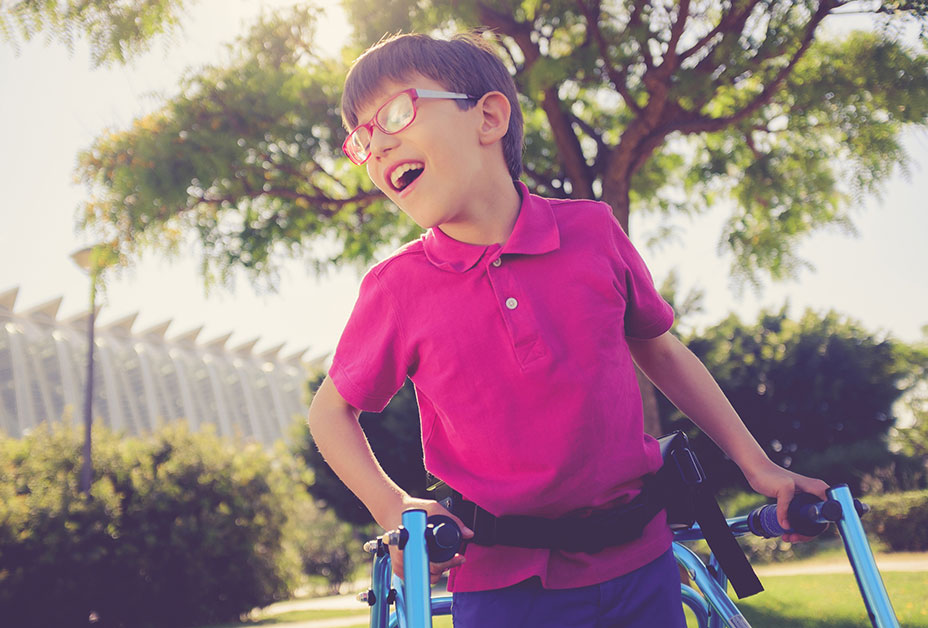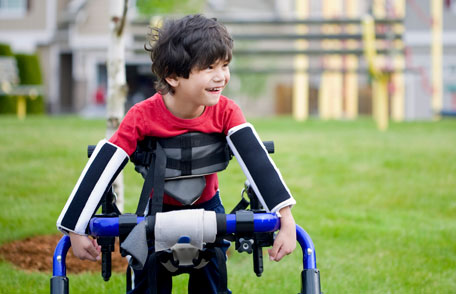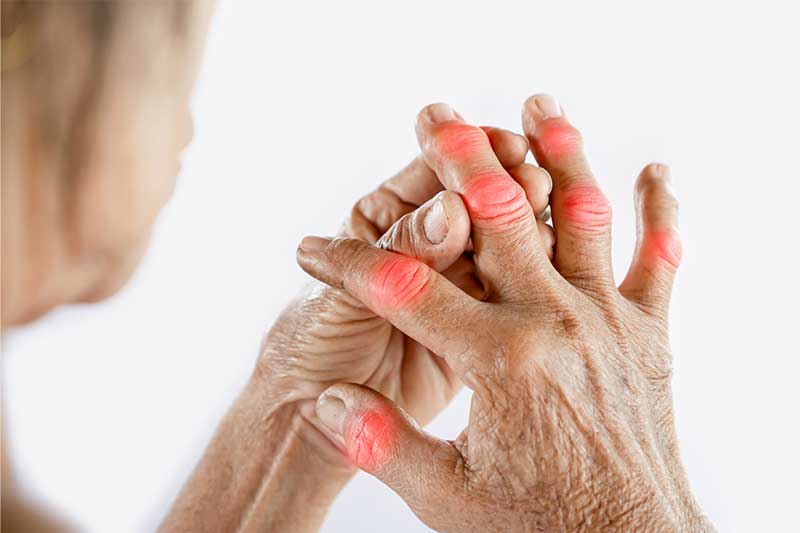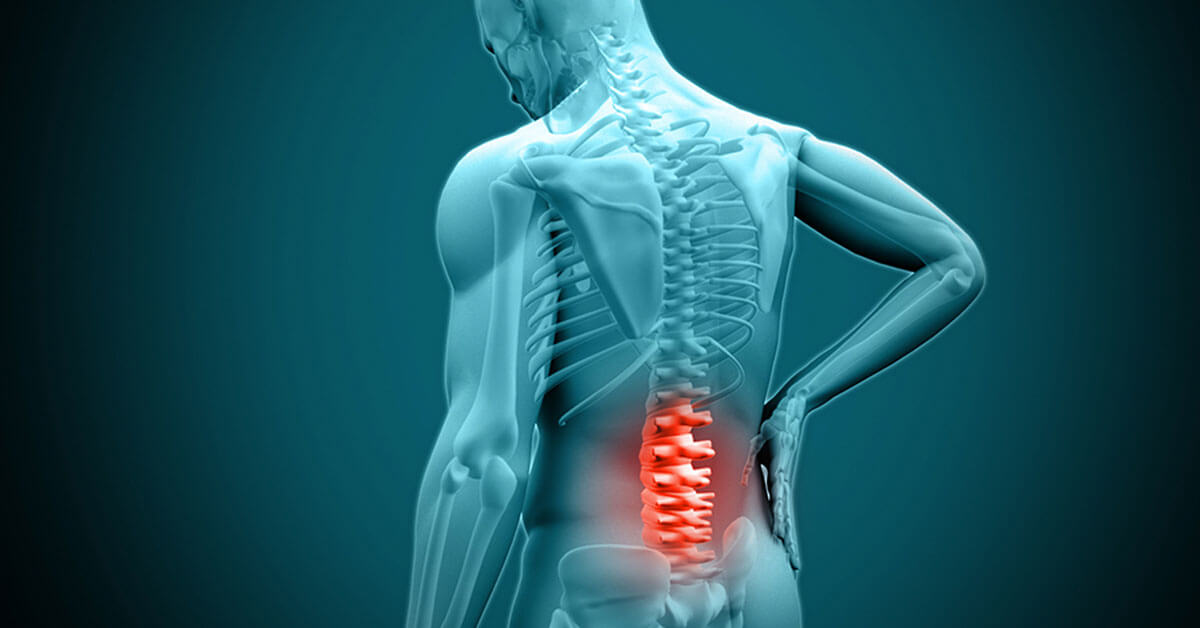Cerebral palsy (CP) is a group of disorders that affect balance, movement, and muscle tone. “Cerebral” means the disorder is related to the brain, and “palsy” refers to weakness or a muscle problem.
CP starts in the area of the brain that controls the ability to move muscles. Cerebral palsy can happen when that part of the brain doesn’t develop as it should, or when it is damaged right around the time of birth or very early in life.
Most people with cerebral palsy are born with it. That’s called “congenital” CP. But it can also start after birth, in which case it’s called “acquired” CP.
People with cerebral palsy can have mild issues with muscle control, or it could be so severe that they can’t walk. Some people with CP have difficulty speaking. Others have intellectual disabilities, while many have normal intelligence.
The types of cerebral palsy include:
- Ataxic cerebral palsy: This type is caused by cerebellum damage resulting in issues with motor control and movement.
- Athetoid/dyskinetic cerebral palsy: Caused by basal ganglia and/or cerebellum damage; symptoms include fluctuating muscle tone and involuntary movements.
- Hypotonic cerebral palsy: This rare type, also caused by cerebellum damage, is characterized by floppy muscles, excess flexibility, and poor mobility.
- Spastic cerebral palsy: The most common type of cerebral palsy, caused by damage to the motor cortex or pyramidal tracts and characterized by tight muscles and jerking movements.
- Mixed cerebral palsy: Multiple areas of brain damage can cause patients to have more than one type of cerebral palsy.
Depending on how the condition is managed, motor skills can improve or worsen over time. While symptoms and severity vary from case to case, there are many medical and support options to help children with cerebral palsy lead fulfilling lives.

What Are the Symptoms of Cerebral Palsy?
Because there are very mild and very severe forms of cerebral palsy, a wide range of symptoms could signal this condition. Often, delays in baby milestones that are linked to muscle usage may be signs of CP. Examples include rolling over, sitting up, standing, and walking. But not all delays in milestones mean your baby has cerebral palsy.
Some symptoms may show up at birth, while others may take longer to appear. In babies younger than 6 months, those signs include:
- When you pick your baby up from sleeping (on their back), their head falls backward.
- They feel stiff or floppy.
- When cradled in your arms, they extend their back and neck, almost as if pushing away from you.
- When you pick them up, their legs get stiff and cross over each other (“scissor”).
If your baby is older than 6 months, warning signs can include:
- They can’t roll over.
- They can’t bring their hands together.
- They have trouble bringing their hands to their mouth.
- When they reach, it’s with only one hand. The other stays in a fist.
If your baby is older than 10 months, watch for these signs:
- They crawl by pushing off with one hand and one leg while dragging the other side of their body.
- They don’t crawl on all fours but scoots instead, or they hop on their knees.
If your baby is more than 1 year old and can’t stand without support or crawl, those are also possible signs of CP.
Some babies are diagnosed with CP soon after they’re born. Others aren’t diagnosed until years later.
A doctor may first notice problems with your baby’s movements or muscle tone. If you notice any problems like these at home, discuss what you see with the doctor.
Cerebral palsy doesn’t get worse as time passes, but often, symptoms aren’t noticed right away. For example, you won’t know that a 3-month-old can’t walk, so symptoms are usually recognized later.




